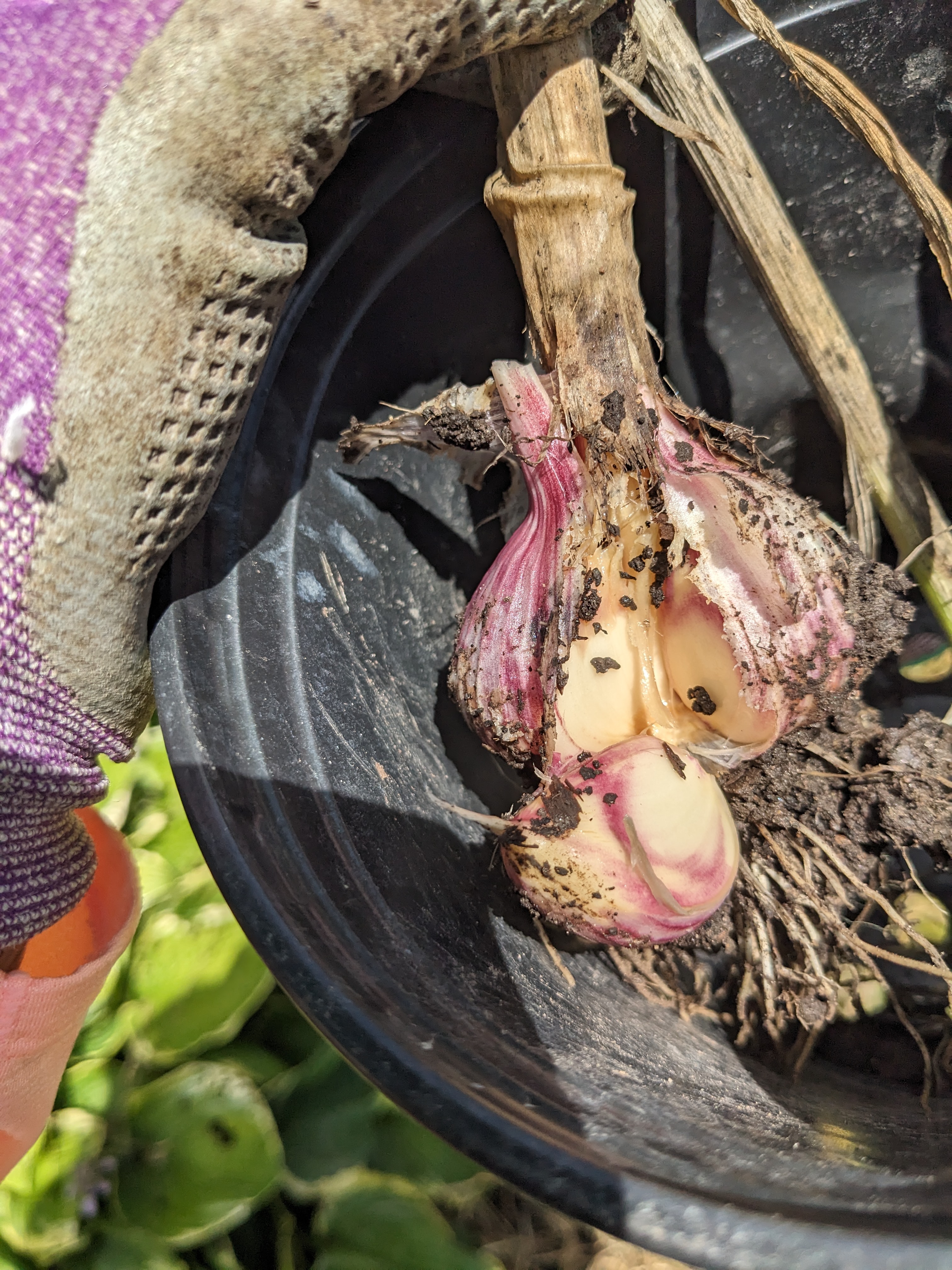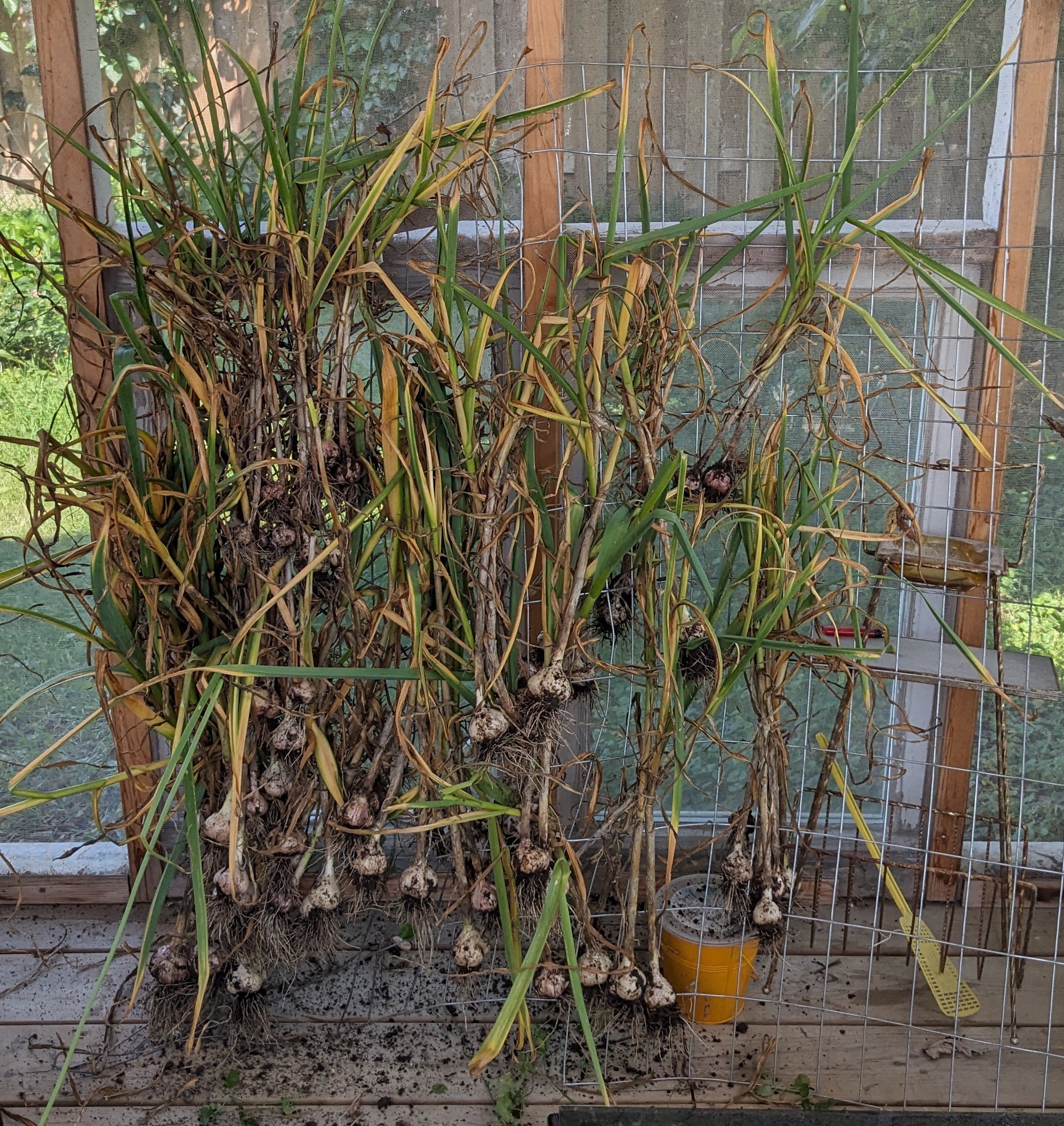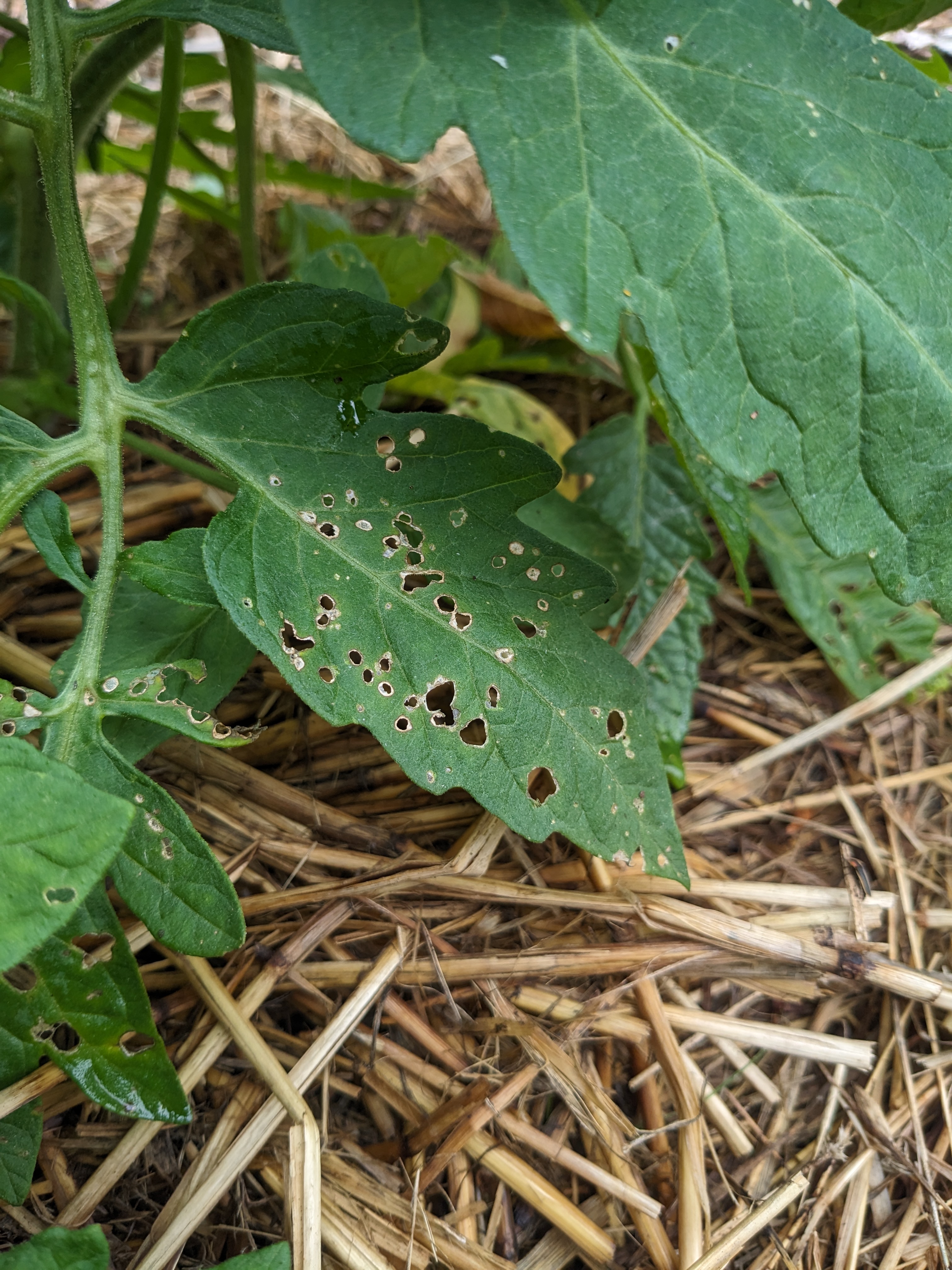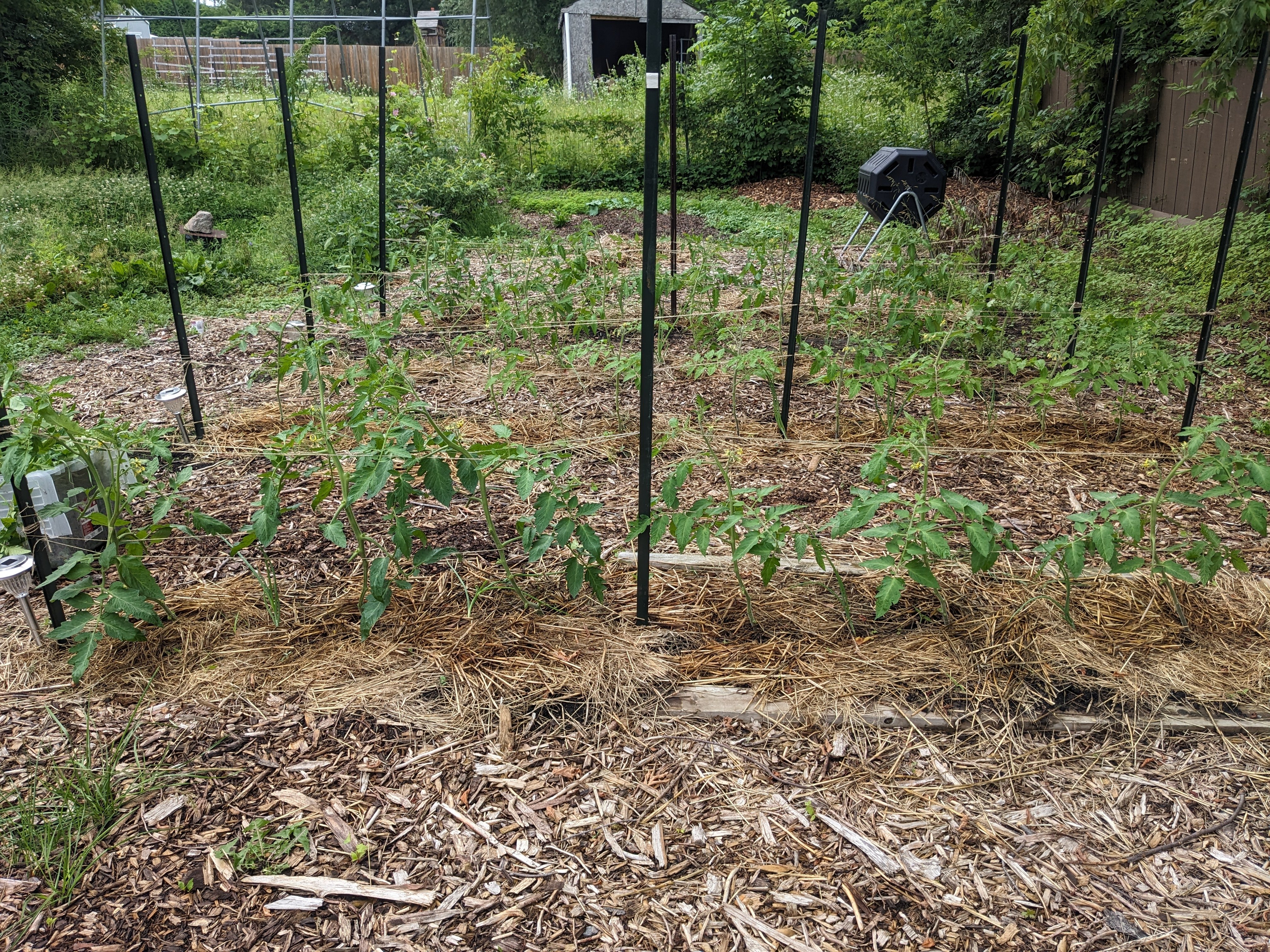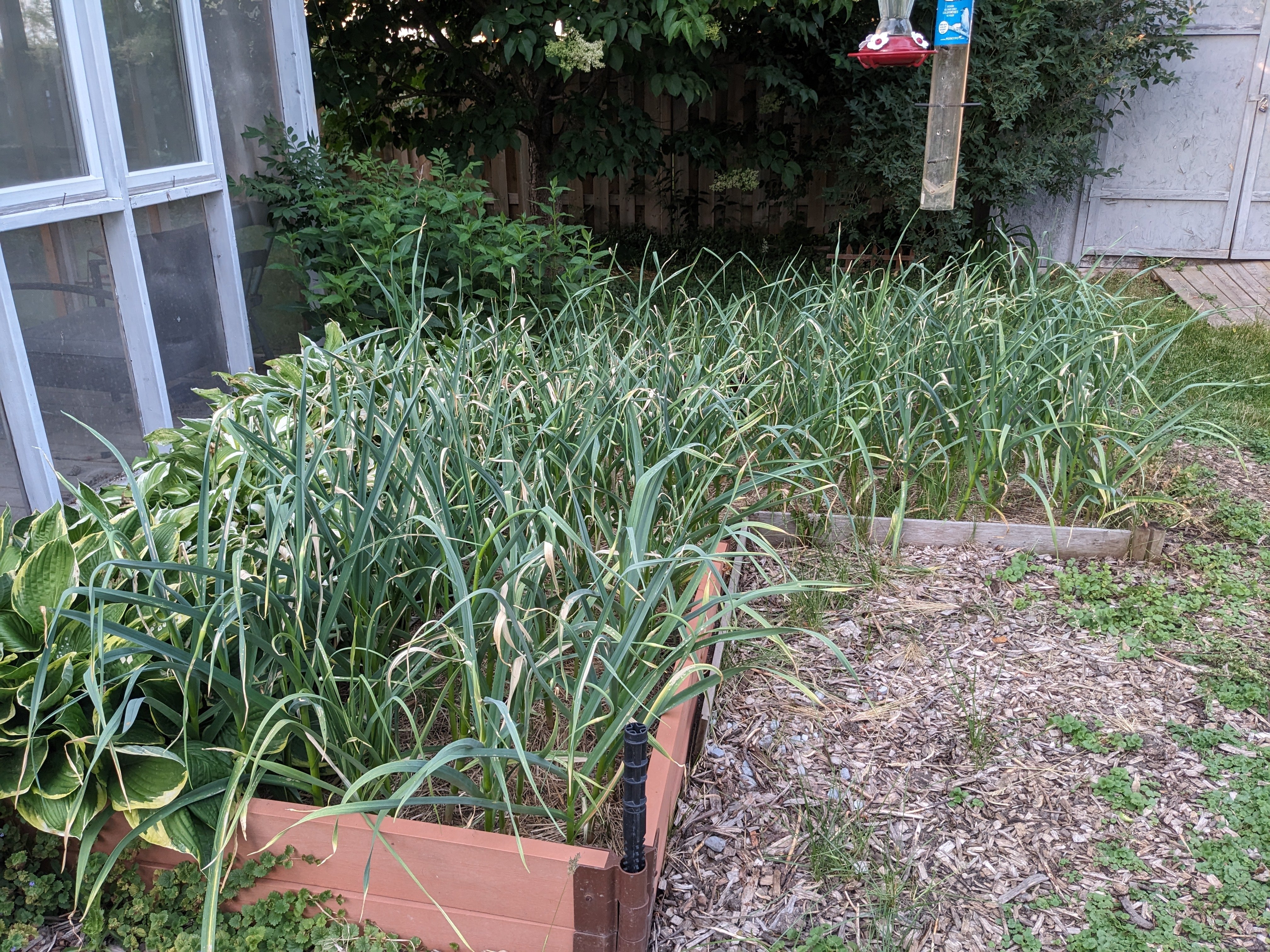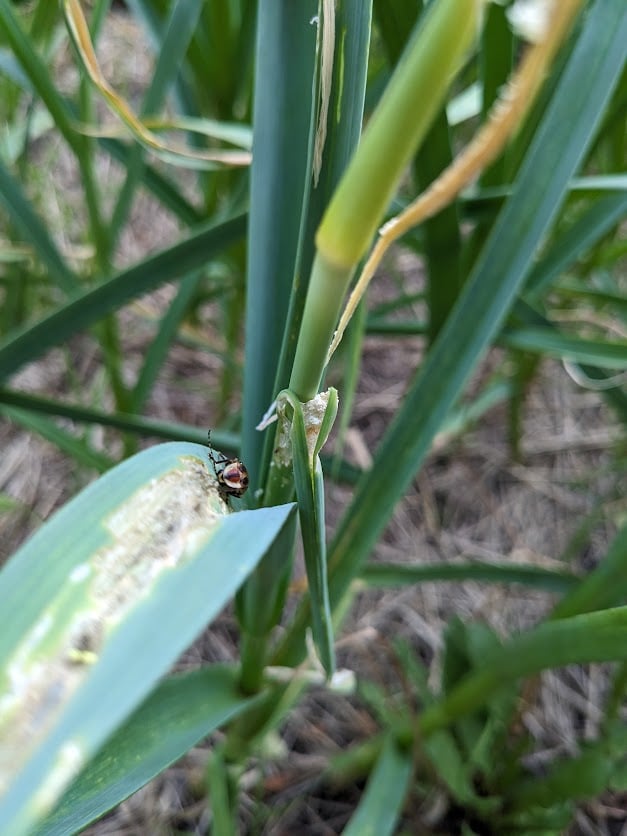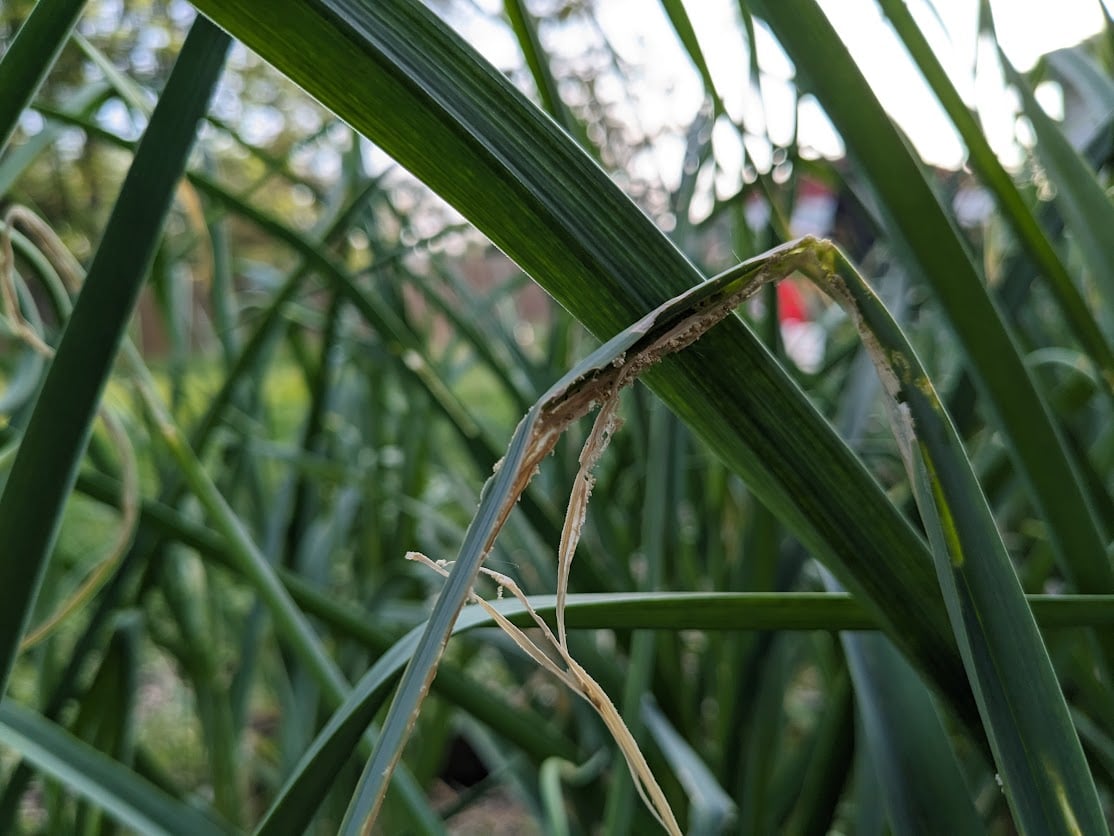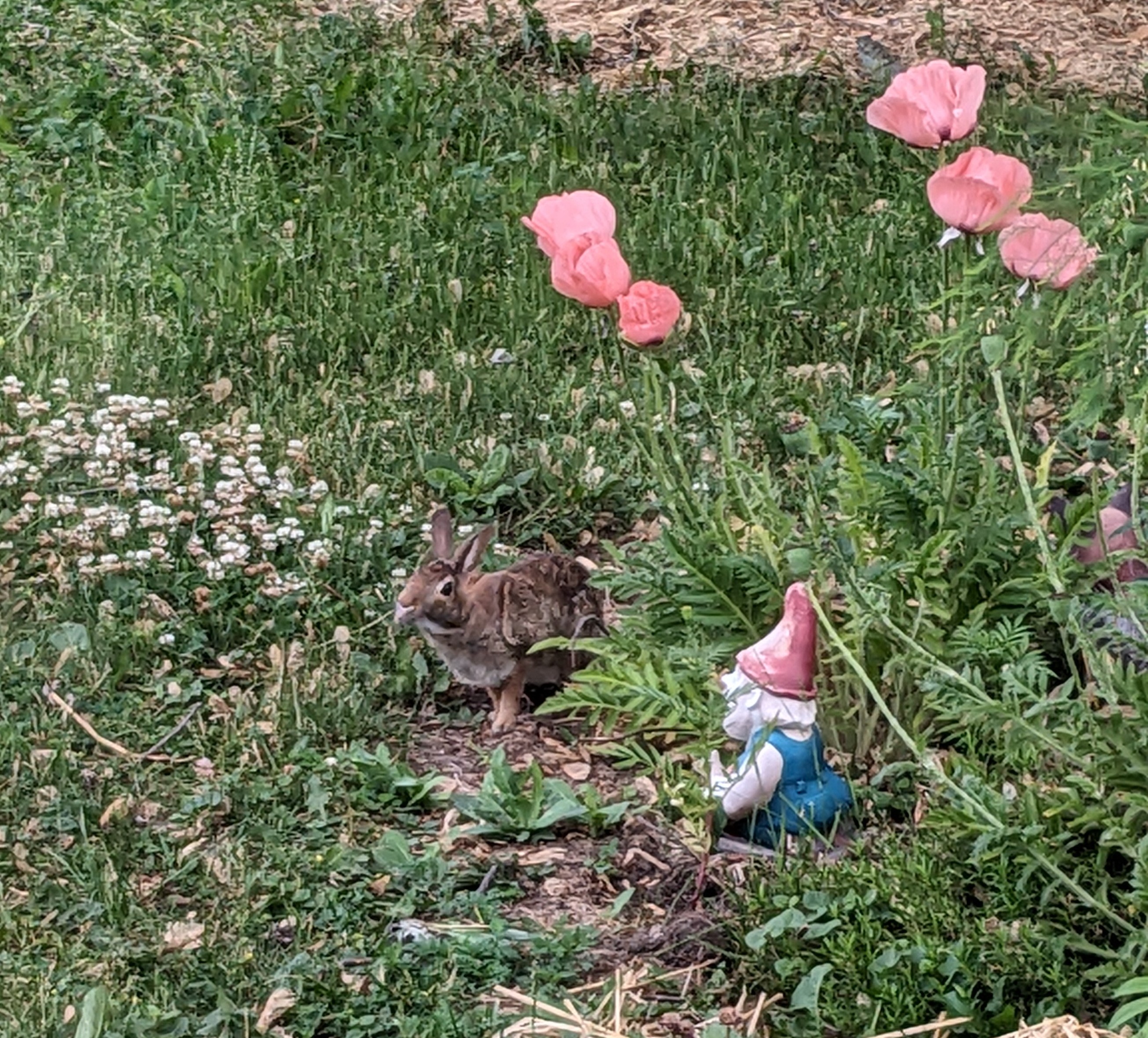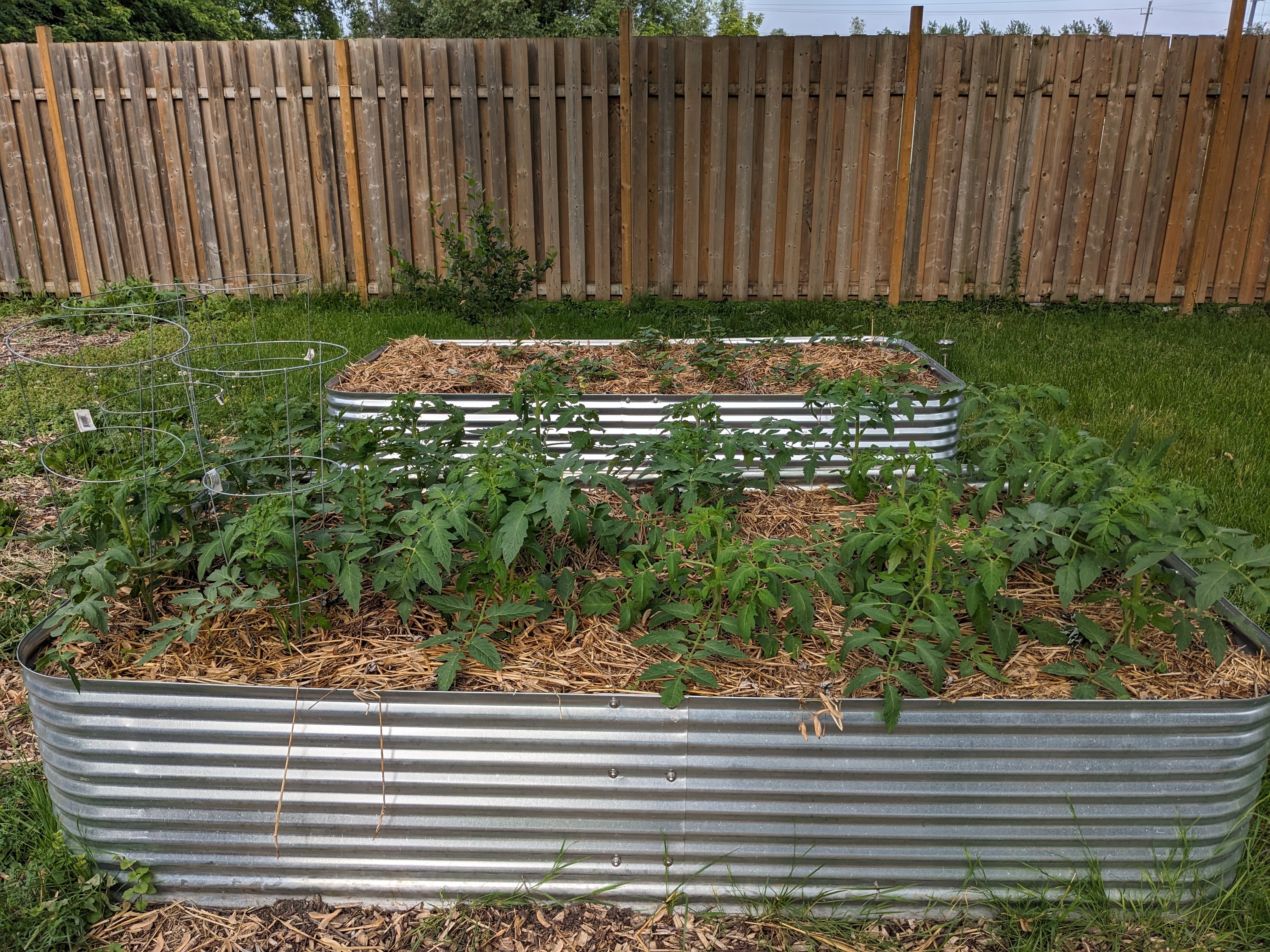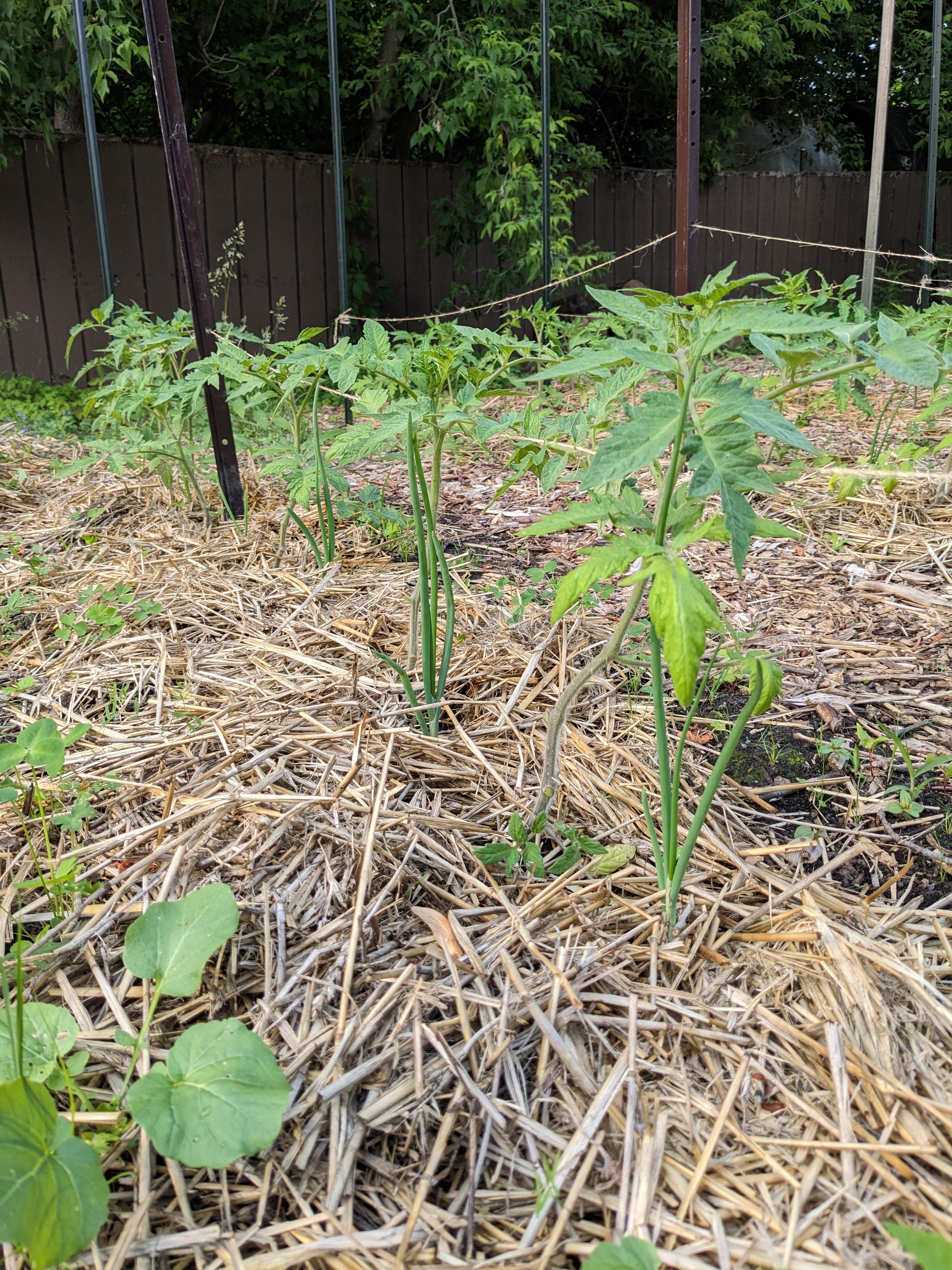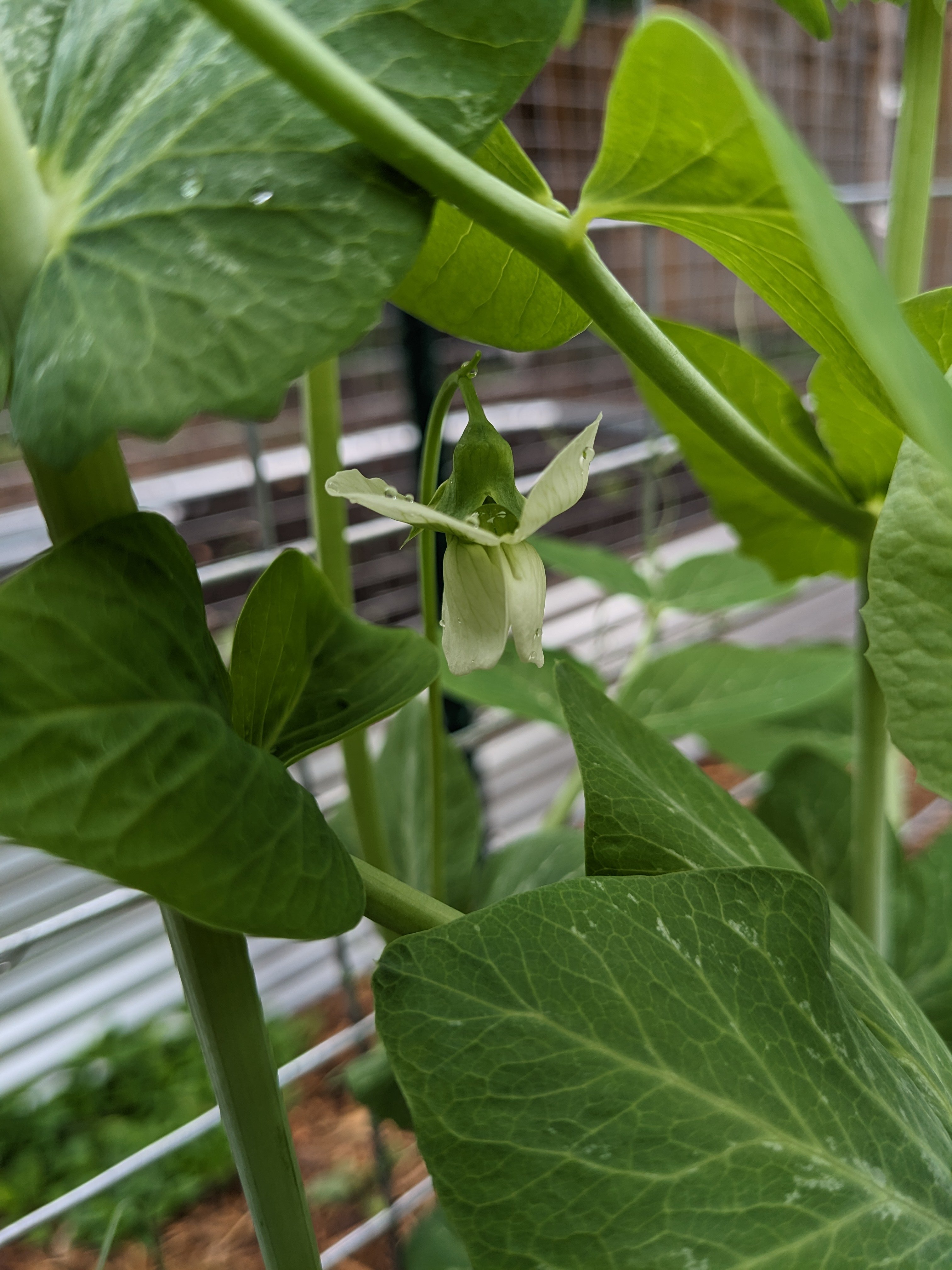Vegan Gardening
135 readers
2 users here now
A community for vegan gardeners to share their successes and learnings.
Vegan gardening (or veganic gardening) is gardening without the use of animal agriculture including common inputs like manure, bone and blood. It also avoids chemical fertilizers and pesticides. Instead of these elements veganic gardening uses crop rotation, mulching, compost, green manures, etc to replenish the soil and minimize loss to pests.
Everyone is welcome to participate, but if you are not vegan or a vegan gardener, please refrain from posting about non-vegan practices or debating the merit of this method.
founded 1 year ago
MODERATORS
1
2
3
4
5
7
8
9
10



